Accurate Customer Retention Rate Calculation Tools 2025
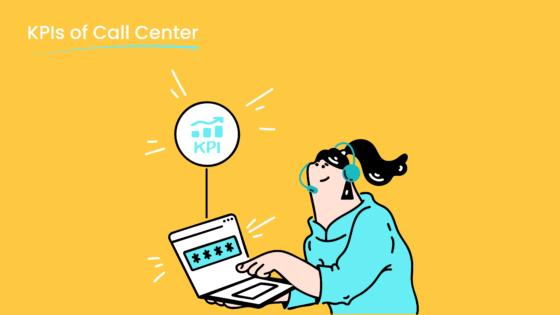
Understanding customer retention is essential for your business growth in 2025. Retaining existing customers costs significantly less than acquiring new ones, and it directly contributes to higher profitability. Plus, loyal customers are more likely to make repeat purchases, driving sustainable growth. By tracking retention trends, you can also plan finances effectively and even attract new customers through referrals.
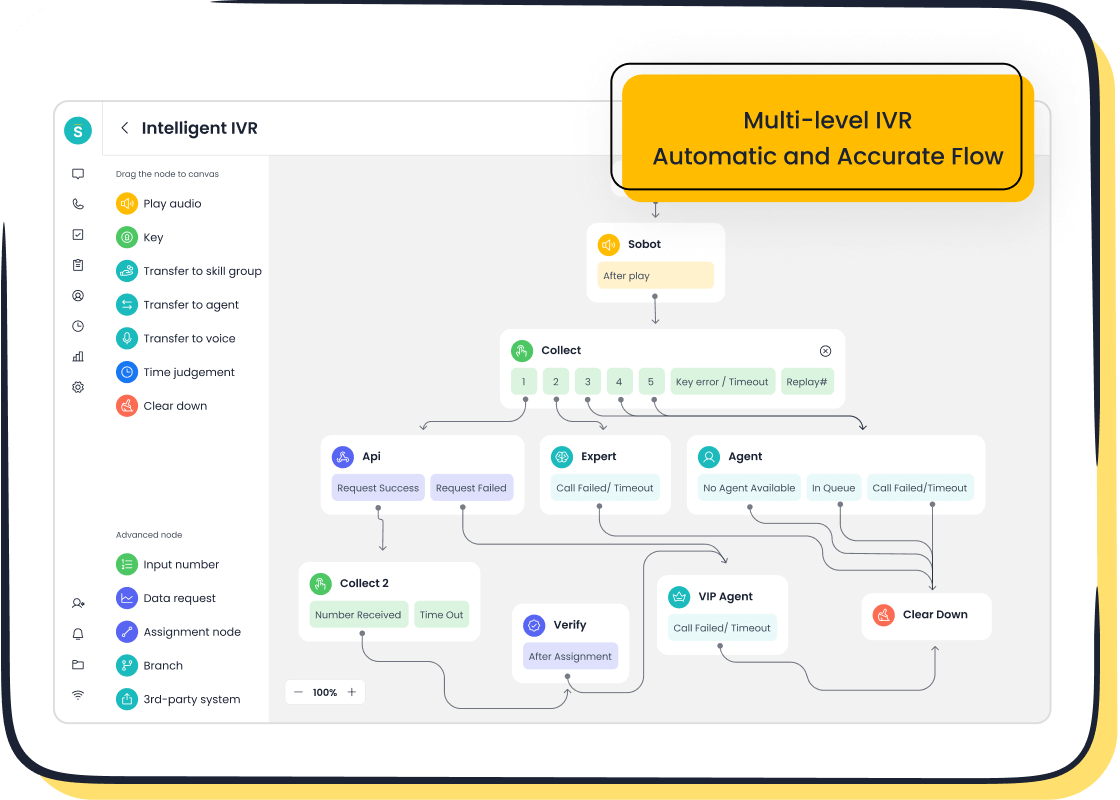
Tools like Sobot simplify the process of analyzing retention metrics. For example, Sobot’s Voice/Call Center provides advanced data analytics, helping you measure customer loyalty with ease. Knowing how to measure customer retention rate equips you with actionable insights to improve customer satisfaction and boost long-term revenue.
What Is Customer Retention Rate and Why Does It Matter?
Definition of Customer Retention Rate
The customer retention rate measures how well your business keeps its customers over a specific period. It shows the percentage of customers who continue to engage with your brand instead of leaving. You can calculate it using this formula:
Customer Retention Rate = (Customers at the End of the Period - New Customers Acquired) / Customers at the Start of the Period
This metric helps you understand how effective your strategies are in maintaining customer loyalty. A higher retention rate often indicates strong customer satisfaction and trust in your brand.
Importance of Retention Rate for Business Growth
Focusing on customer retention can significantly boost your business performance. Retaining customers costs less than acquiring new ones, and loyal customers are more likely to make repeat purchases. Here’s how retention impacts business growth:
| Statistic | Insight |
|---|---|
| 1% reduction in churn | Can lead to a 7% increase in overall revenue. |
| 25% increase | In retention rates from upselling and cross-selling to existing customers. |
| 30% increase | In retention from offering personalized product recommendations. |
| 15-20% increase | In retention for companies that offer proactive customer support. |
Improving customer retention by just 5% can increase profits by 25% to 95%. Additionally, enhancing customer experience can lead to a 10-15% revenue boost while reducing service costs by 20%. These numbers highlight why retention should be a priority for your business.
Common Standards for Measuring Retention
Businesses use various metrics to measure retention and assess customer satisfaction. These include:
- Churn rate: Tracks the percentage of customers who stop using your services.
- Customer retention metrics: Provide insights into customer loyalty and areas for improvement.
- ACSI (American Customer Satisfaction Index): A national benchmark for customer satisfaction in the U.S.
- CX Index: Helps businesses tailor retention metrics to their industry and improve customer experience.
Tracking these metrics allows you to identify trends, improve customer relationships, and deliver exceptional experiences. Higher retention metrics often signal strong customer satisfaction and loyalty, which are essential for long-term success.
How to Measure Customer Retention Rate
Step-by-Step Guide to Calculate Customer Retention Rate
Accurately calculating your customer retention rate involves a clear and systematic approach. Follow these steps to ensure precision:
-
Define Your Time Period
Choose a specific time frame for your calculation, such as a month, quarter, or year. Consistency in your time period helps you track trends effectively. -
Determine Key Customer Numbers
Identify the following:- S: The number of customers at the start of the period.
- E: The number of customers at the end of the period.
- A: The number of new customers acquired during the period.
-
Apply the Retention Rate Formula
Use the formula:Retention Rate = [(E - A) / S] x 100This formula calculates the percentage of customers retained over the chosen time frame.
-
Analyze and Compare
Compare your retention rate to previous periods or industry benchmarks. This analysis helps you understand your performance and identify areas for improvement. -
Segment Your Data
Break down your retention rate by customer segments, such as product type, region, or customer tier. This segmentation reveals specific trends and opportunities for growth. -
Take Action
Use the insights gained to address issues causing customer churn. Focus on strategies that improve customer satisfaction and loyalty. -
Monitor and Adjust
Regularly calculate your retention rate and refine your strategies based on the data. Continuous monitoring ensures you stay on track toward your retention goals.
The Retention Rate Formula Explained
The retention rate formula is a simple yet powerful tool for understanding how well your business retains customers. Here's a breakdown of its components:
| Component | Description |
|---|---|
| E | Number of customers at the end of the period |
| A | Number of new customers gained during the period |
| S | Number of customers at the start of the period |
| Formula | Retention Rate = [(E - A) / S] x 100 |
This formula highlights the importance of retaining existing customers while accounting for new customer acquisitions. By focusing on retention, you can improve customer loyalty and drive long-term success.
Example Calculation for Better Understanding
Let’s look at an example to see how to calculate customer retention rate in practice. Imagine your business starts the month with 500 customers. During the month, you gain 100 new customers but end with 450 customers. Using the retention rate formula:
Retention Rate = [(450 - 100) / 500] x 100
Retention Rate = (350 / 500) x 100
Retention Rate = 70%
This means your business retained 70% of its customers during the month. A retention rate of 70% is a good starting point, but you should aim to improve it by addressing customer needs and enhancing their experience.
Tip: Regularly calculating your retention rate helps you identify trends and take timely action to improve customer satisfaction.
By understanding how to measure customer retention rate, you gain valuable insights into customer behavior. These insights allow you to refine your strategies, reduce churn, and build stronger relationships with your customers.
Top Customer Retention Rate Calculation Tools in 2025
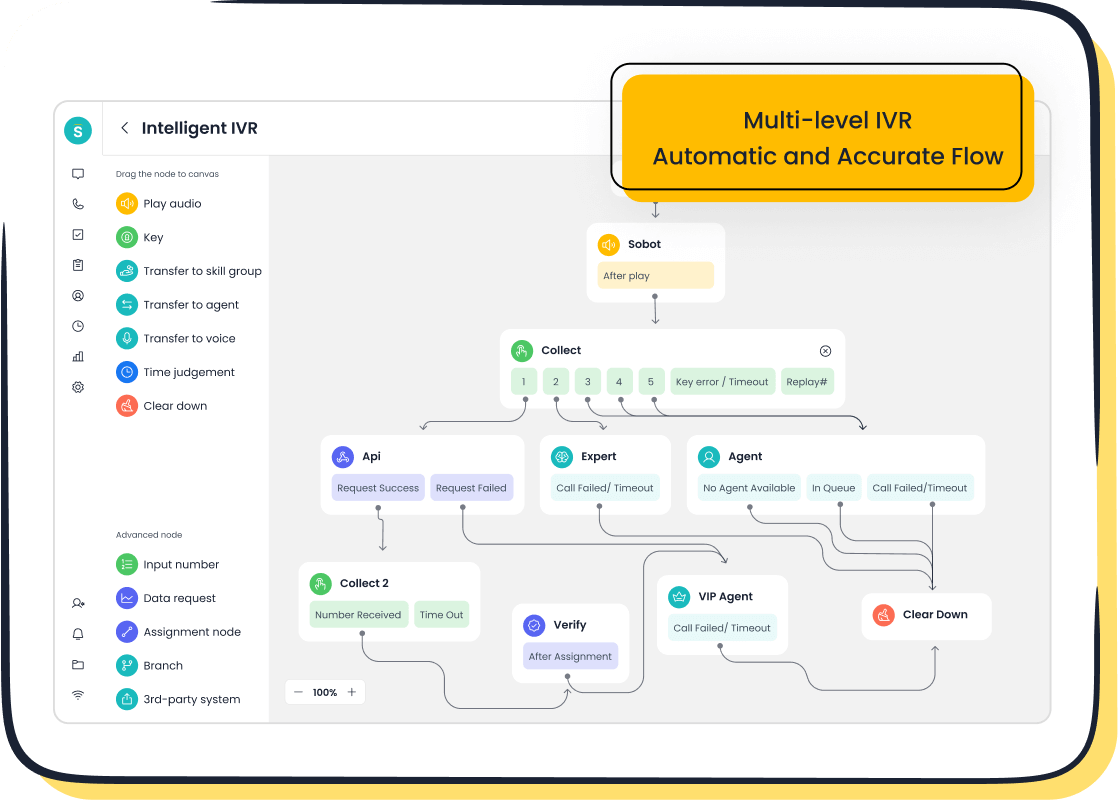
Overview of Retention Rate Tools
In 2025, businesses rely on advanced tools to measure and improve their customer retention rate. These tools provide actionable insights by analyzing customer behavior, identifying churn risks, and tracking key metrics. With the growing importance of customer retention, industries across the board are adopting these solutions to stay competitive.
Retention tools vary in complexity and functionality, catering to different business needs. For instance, industries like Commercial Insurance and Business Consulting, which boast retention rates of 86% and 85% respectively, often use tools that emphasize long-term customer relationships. On the other hand, sectors like eCommerce and Hotels & Hospitality, with retention rates of 62% and 55%, benefit from tools that focus on personalized engagement and loyalty programs.
| Industry | Average Retention Rate |
|---|---|
| Commercial Insurance | 86% |
| Business Consulting | 85% |
| IT & Managed Services | 83% |
| Software Development | 82% |
| Medical Device | 80% |
| Transportation & Logistics | 79% |
| Real Estate | 78% |
| Automotive | 76% |
| Telecom | 75% |
| eCommerce | 62% |
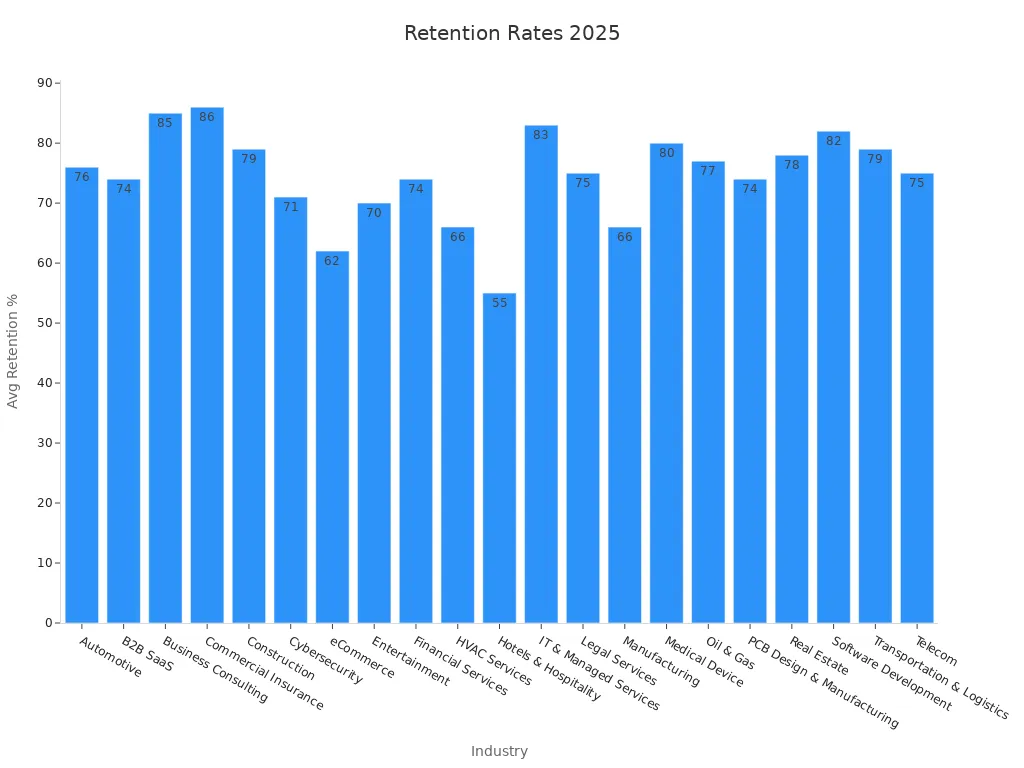
Retention tools not only help you track these metrics but also enable you to implement strategies that improve customer satisfaction and loyalty. By leveraging the right tools, you can enhance your customer retention rate and drive sustainable growth.
Features of Sobot's Voice/Call Center for Retention Analysis
Sobot’s Voice/Call Center stands out as a powerful tool for analyzing and improving customer retention. Its features are designed to provide deep insights into customer behavior while streamlining communication processes. Here’s what makes it exceptional:
- Intelligent IVR: Customize greetings and route calls efficiently using a drag-and-drop interface. This ensures customers reach the right agent quickly, reducing frustration.
- Unified Workspace: Manage all customer interactions and data in one place. This feature helps agents deliver personalized service, which is crucial for retention.
- Real-Time Monitoring and Analysis: Track call data and customer interactions as they happen. This allows you to identify trends and address issues proactively.
- AI-Powered Voicebot: Automate routine interactions with intelligent voicebots that recognize customer intent. This frees up agents to focus on complex queries.
- Global Number Availability: Support customers worldwide with access to phone numbers in multiple regions. This feature is ideal for businesses with a global presence.
These features enable you to measure customer retention metrics effectively while enhancing the overall customer experience. For example, Sobot’s AI-powered Voicebot can reduce inbound discussions by 20%, allowing your team to focus on building stronger relationships with customers.
Benefits of Using Sobot for Retention Metrics
Using Sobot’s Voice/Call Center for retention analysis offers several advantages that directly impact your business performance. Here’s how it helps:
-
Improved Customer Satisfaction
Sobot’s tools ensure a seamless customer experience by reducing wait times and providing personalized service. This leads to a 97% customer satisfaction rate, as seen in real-world applications like Samsung’s implementation of Sobot’s solutions. -
Enhanced Problem Resolution
With an 85% problem resolution rate, Sobot helps you address customer issues effectively. This builds trust and encourages customers to stay loyal to your brand. -
Data-Driven Insights
Sobot’s advanced analytics provide actionable data, enabling you to identify retention trends and make informed decisions. For instance, tracking metrics like call resolution time and customer happiness rate (99%) helps you refine your strategies. -
Cost Efficiency
Automating routine tasks with AI-powered features reduces operational costs. This allows you to allocate resources to initiatives that improve customer retention. -
Scalability and Global Reach
Sobot’s platform supports businesses of all sizes, offering global telephony contacts and integration with existing systems. This scalability ensures you can adapt as your business grows.
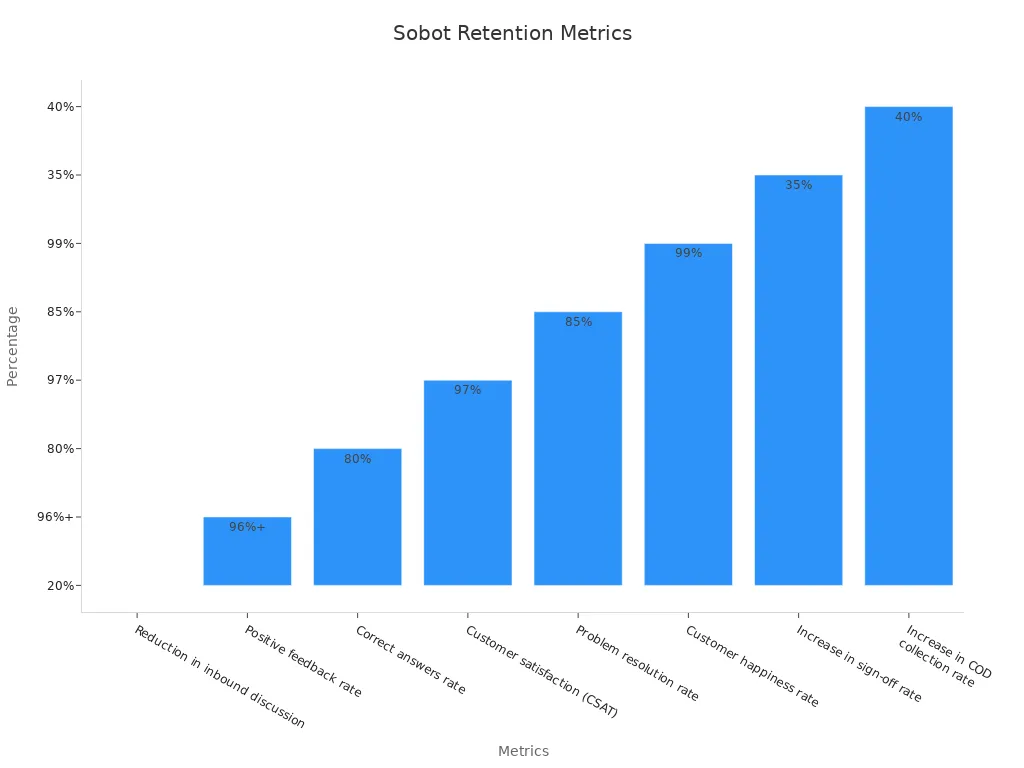
By leveraging Sobot’s Voice/Call Center, you gain a comprehensive solution for tracking and improving your customer retention rate. Its features and benefits make it an invaluable tool for businesses aiming to build long-term customer relationships.
Strategies to Improve Customer Retention Rates
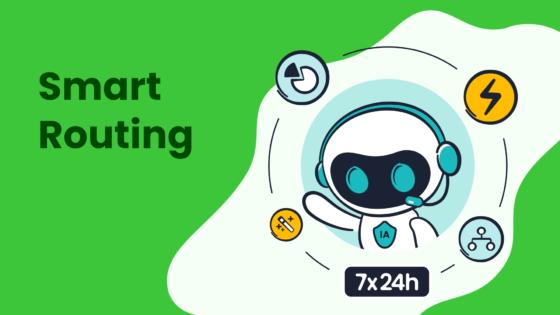
Actionable Strategies for Retaining Customers
Implementing effective practices can significantly enhance customer retention. Here are three proven strategies to consider:
-
Effective Onboarding Processes
A well-structured onboarding program ensures customers quickly understand how to use your product. This reduces frustration and increases satisfaction. For example, Telecom Armenia uses in-app messaging to guide users through new features, fostering closer engagement. -
Customer Education
Providing tutorials, webinars, and knowledge bases empowers customers to maximize the value of your offerings. Ahrefs, for instance, shares actionable SEO tips through blogs and newsletters, boosting customer loyalty. -
Proactive Engagement with At-Risk Customers
Identifying early signs of churn allows you to intervene before customers leave. Gartner reports that 24% of software buyers cancel contracts due to unmet expectations. Addressing these issues proactively can prevent churn and build ongoing relationships.
Tip: Rewarding customers through loyalty programs, like Costa Coffee’s extra points for reusable cups, can further enhance retention.
Leveraging Sobot's Marketing Solutions for Retention
Sobot’s marketing solutions provide powerful tools for improving customer retention. By unifying customer data and enabling personalized campaigns, Sobot helps you engage customers effectively. Features like advanced dashboards and multichannel engagement allow you to track ROI and customer interactions seamlessly.
For example, Sobot’s platform supports bulk marketing campaigns through voice, WhatsApp, and SMS. This approach has led to a 30% increase in agent efficiency and a 97% customer satisfaction score. Additionally, tools like identity-resolved customer profiles and lifecycle interactions enable you to re-engage dormant customers with targeted offers, boosting customer lifetime value.
Using Sobot’s solutions, you can create impactful campaigns that attract, engage, and retain customers. These strategies not only enhance loyalty but also drive measurable business growth.
Building Long-Term Customer Relationships
Fostering trust and loyalty is essential for building long-term relationships with customers. Research shows that consumers prioritize quality and trust over discounts when choosing brands. To achieve this, focus on practices that align with your customers’ values.
| Key Findings | Description |
|---|---|
| Brand Identification | Shared values and customer-to-customer similarity deepen brand connections. |
| Resilience to Negative Info | Loyal customers often overlook negative information about trusted brands. |
Sobot’s solutions, such as personalized messaging and proactive support, help you strengthen these bonds. For instance, Samsung achieved a 97% satisfaction rate by using Sobot’s tools to deliver customized services. By prioritizing trust and quality, you can create lasting relationships that withstand challenges and foster loyalty.
Applications of Customer Retention Metrics
Enhancing Customer Service with Retention Insights
Customer retention metrics play a vital role in improving customer service. By analyzing these metrics, you can identify patterns in customer behavior and address issues that lead to churn. For instance, enhancing customer experience through loyalty programs or personalized rewards can transform customers into brand advocates. Consistency across all touchpoints, whether online or offline, ensures customers feel valued and understood.
Empathy also strengthens customer relationships. Zappos demonstrated this during the COVID pandemic by creating personal interactions that showed customers they were valued. Similarly, loyalty programs that reward repeat purchases encourage customers to maintain their relationship with your brand. These strategies not only improve satisfaction but also foster long-term loyalty.
Optimizing Marketing Campaigns Using Retention Data
Retention data provides valuable insights for optimizing marketing campaigns. Companies like Starbucks and Netflix use customer retention metrics to personalize their offerings. For example, Netflix employs algorithms to recommend content based on viewing history, keeping users engaged. Similarly, Sephora leverages customer data to tailor product recommendations, enhancing the shopping experience.
EasyJet’s personalized campaigns, which utilized customer travel history, achieved a 100% increase in open rates. These examples highlight how monitoring customer engagement through retention data can drive better results. By understanding what keeps customers loyal, you can create campaigns that resonate with their preferences and needs.
| Company | Strategy Description |
|---|---|
| Starbucks | Offers personalized rewards and exclusive offers through its loyalty program, enhancing customer engagement. |
| Netflix | Uses algorithms to recommend content based on viewing history, keeping users engaged with relevant offerings. |
| EasyJet | Utilized customer travel history to create personalized campaigns, doubling open rates. |
Driving Ecommerce Growth Through Retention Strategies
Retention strategies significantly impact ecommerce growth. Metrics like customer retention rate, customer lifetime value (CLV), and average order value (AOV) reveal how well your business retains customers. Higher retention leads to increased revenue from returning customers, who often spend more per transaction.
For example, returning customers tend to have a higher AOV, positively affecting your bottom line. By focusing on retention, you can reduce churn and build stronger relationships with your audience. This approach not only boosts customer loyalty but also drives sustainable growth in the competitive ecommerce landscape.
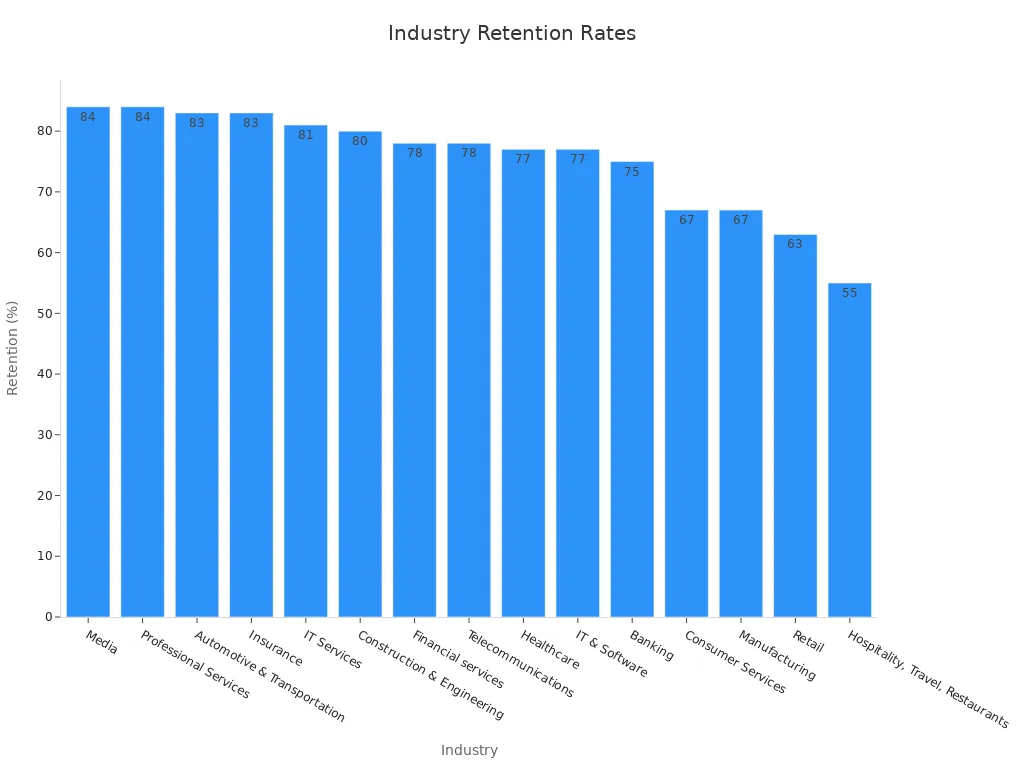
Tip: Use tools like Sobot’s Voice/Call Center to analyze customer retention metrics. Its real-time monitoring and AI-powered insights help you identify trends and improve customer engagement.
Accurately calculating customer retention is essential for your business success. It reflects customer satisfaction, reduces costs, and drives revenue growth. A high retention rate, often above 80%, serves as a benchmark for strong performance and customer loyalty.
Sobot's Voice/Call Center simplifies retention analysis with features like real-time monitoring and AI-powered insights. These tools help you track key metrics and improve customer interactions. By using Sobot, you can enhance customer satisfaction and loyalty while achieving measurable results.
Adopting effective strategies and advanced tools ensures your business stays competitive. Focus on retaining customers to build lasting relationships and drive sustainable growth.
FAQ
What is the ideal customer retention rate for businesses?
An ideal customer retention rate varies by industry. However, a rate above 80% often indicates strong customer loyalty and satisfaction. Industries like insurance and consulting typically achieve higher rates, while sectors like eCommerce may have lower averages due to their competitive nature.
How does retention impact business profitability?
Retention directly influences profitability. Retaining customers costs less than acquiring new ones. Loyal customers often make repeat purchases, increasing revenue. A 5% improvement in retention can boost profits by 25% to 95%, making it a critical metric for sustainable growth.
Can Sobot help improve customer retention?
Yes, Sobot offers tools like the Voice/Call Center and marketing solutions to enhance customer retention. These tools provide real-time insights, personalized engagement, and efficient communication, helping you build stronger relationships with your customers and reduce churn.
How often should you calculate customer retention rates?
You should calculate customer retention rates regularly, such as monthly or quarterly. Frequent calculations help you track trends, identify issues, and adjust strategies to improve customer satisfaction and loyalty.
What are the key metrics to track alongside retention?
Key metrics include churn rate, customer lifetime value, and average order value. These metrics complement retention data, providing a comprehensive view of customer behavior and helping you refine your strategies for better results.
See Also
Best 10 Call Center Analytics Tools You Need in 2024
The 10 Most Effective Customer Service Solutions for 2024
2024's Leading Voice of the Customer Software Options
Enhancing Efficiency With AI-Driven Customer Service Solutions